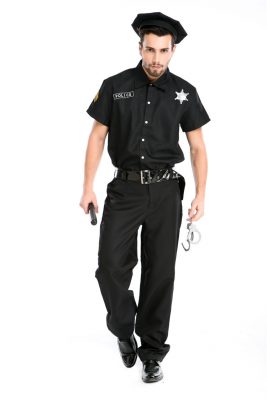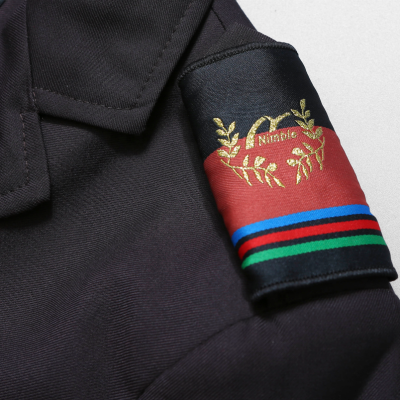1. Professional Appearance:
- Security staff uniforms should convey authority, professionalism, and competence. A well-designed uniform can help deter potential threats and create a sense of security.
2. Clear Identification:
- The uniform should clearly identify security personnel to distinguish them from other employees or visitors. Use distinct colors, badges, or patches that clearly indicate their role.
3. Comfort and Mobility:
- Security personnel may need to move quickly and perform physical tasks. Ensure the uniform is comfortable, allows for ease of movement, and is made from breathable fabrics.
4. Practical Design Elements:
- Incorporate practical design elements like functional pockets for radios, keys, and other tools. Ensure that the uniform design accommodates the necessary equipment.
5. Reflective Elements:
- If security staff work during low-light conditions, consider adding reflective elements to the uniform for visibility and safety.
6. Customizable Components:
- Offer options for customization within the uniform guidelines. This could include variations for different weather conditions or allowing personal choices for certain accessories.
7. Durability and Quality:
- Security staff uniforms should be durable and resistant to wear and tear. Quality materials and construction are essential for a professional appearance.
8. Appropriate Accessories:
- Accessories like belts, footwear, and headgear should be functional and complement the uniform. For example, a well-fitted belt can hold equipment securely.
9. Communication Tools Integration:
- Consider how communication tools such as radios and earpieces can be seamlessly integrated into the uniform for easy access and use.
10. Adaptability to Different Settings:
- If security personnel work in diverse settings (indoor, outdoor, events, offices), design a uniform that can be adapted to various environments.
11. Brand Consistency:
- Ensure that the uniform design aligns with the company’s branding and values. The uniform should reflect the company’s image and reputation.
12. Concealed Options:
- Some security personnel may need to work discreetly. Design options that allow for concealed or plain-clothes security while maintaining a professional look.
13. Weather Considerations:
- If security staff work outdoors, consider weather-appropriate options like jackets, hats, or rain gear.
14. Employee Input:
- Involve security personnel in the uniform design process. Their input can provide valuable insights into practical needs and comfort preferences.
15. Compliance and Regulations:
- Ensure that the uniform design adheres to any industry-specific regulations or legal requirements.
Balancing aesthetics, functionality, and professionalism is key when fashioning security staff uniforms in the private sector. By taking into account the specific needs of the security role and involving the input of the personnel who will be wearing the uniforms, you can create a uniform that enhances both security and the overall company image.

































